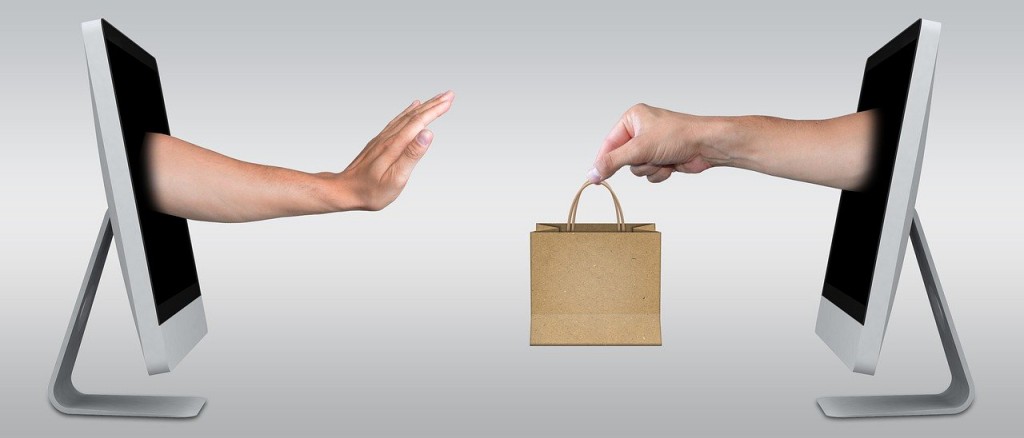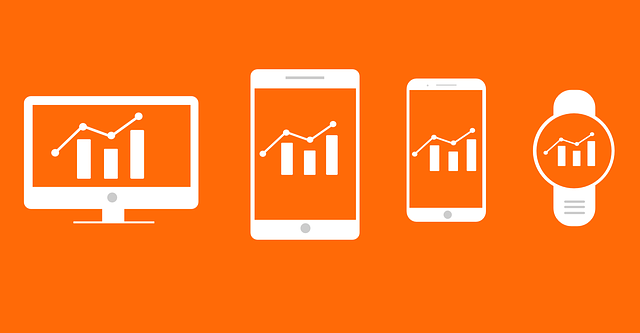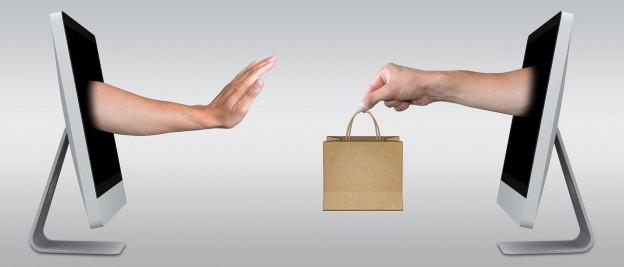An interesting study by Retail Leader(1) points out that consumers are buying more fresh grocery. The top reasons are more locations and choices. For the market overall, and for our health too, this is great!
That got me thinking. More often than not (overwhelmingly), our offers and promotions are refused!

So in an era of more choice, as a retailer, how do you increase YOUR share of this market? The answer is to think in terms of connected retail.
5 Tactics
I list 5 tactics and strategies here in the increasing order of their sustained impact on the quest for connected retail to drive revenue and growth. And then below this list, I also outline the model for the future, and how to achieve it.
- Better analytics: Understanding what consumers end up buying is often a good first step. That decides overall inventory strategy, and placement of goods.
- More impactful promotions: Today’s promotions have lost their effect. They are seen as universal and have come to be expected. What’s needed now is promotions based on expected basket, which will come from better analytics, which in turn will come from better context of the customers’ decisions.
- Better inventory management: As you analyze the baskets and create more relevant promotions, you’ll have to make sure that the right inventory levels are maintained. This means more integrated demand and supply processes.
- Better digital touch-points: Consumers often need to plan ahead, but they hardly have any easy to use tools for that purpose. A mobile app is not the only answer. How about a simple email on recommendations, and wishlists. It can be on the browser with a low barrier to use (please no passwords and user ids).
- Understanding the consumer as a person: A consumer doesn’t just step into the grocery store and decides what to buy. They are influenced by what’s happening outside the store – fitness goals, party planning, mixing up the menu, kids health, travel patterns, etc, are all factors that go into deciding what to buy.
Connected Customer Journeys
This last point will drive the concept of connected retail with sustainable impact to growth and revenue. That’s because it focuses on creating a customer engagement platform. The others are important too, but they are mere improvements in core capabilities that will balance out in the medium term. In contrast, creating a customer engagement platform is more potent because it is not just implementation of new technology, or throwing a little extra into marketing.
Imagine if you knew “why” a consumer is buying what they are buying. And if “they” told “you” instead of “you” having to predict and guess. If you knew, you wouldn’t have to send them all kinds of irrelevant promotions, and consumers would gladly tell you more because it helps them a lot too. Planning and shopping is a complex activity, and as consumers we do need help!
To meet this growing need, we must start building context and cross-industry customer journeys – those that span multiple businesses. In other words, connected retail.
At the moment, we are focused on ourselves.

Consider this: If you join a fitness center to lose weight, it’s often you against the world. So more often than not you quit and can’t keep up. What if your grocery store was partnering with you and the fitness center to meet that goal – recommending what to buy, and preventing you from buying what you shouldn’t? Now imagine if a nutritionist at the store is there to check-in periodically. And your friends and family are cheering for you. That would be one amazing ecosystem. Add to it the local YMCA inviting you to specific events that are aligned to your goals – maybe a 5K walk with fellow aspirants, or a free Zoomba class. All because they know your goals and what you need! Chances are you won’t give up, and you’ll meet your goal. And in the process, everyone in the chain benefits.
We often hear the terms “customer centricity”, and “looking outside in”. Building a cross industry customer journey is a step in that direction. It enables you to expand your product offerings and bring in very interesting combinations of products to meet customer needs.
How to get started? It’s not easy but here’s an approach that gets you on the right path towards connected retail:
Phase 1 – Ask customers: It’s surprising what simply asking customers can do – ask if they would like to buy again. When was the last time you did it? A simple action would be to take 10% of customers who have shopped with you, see what they bought, and ask a couple of intelligent questions around that. Ask if they would like anything to be put on a wish-list, or if they’d like to be put on a repeat purchase pattern. Most likely, if they’ve bought it before, they’ll buy the same thing again…For example, if you sell apparel then common repeat purchase items include children’s clothing (next sizes), shirts, trousers, belts.
Analyzing the basket and securing future purchases is critical to engagement. Shopping is complex so if we can make it easier, nothing like it. All we need for this phase are simple digital tools and email. It pays to be scrappy at first.
Phase 2: Explore needs: Ask “why”. In today’s connected economy it is so important to expand traditional commerce methods and try to build context. Customers shop for a reason most of the times. Some answers can be deduced, and sometimes answers should be sought, But we need to “ask”. For example, triggers for fitness gear or health foods often imply that customers are on a journey they would very much like to complete. Often, what they search for online or browse for in stores is an excellent indicator. Ask what their quest is instead of just giving them discounts, and showing them stuff.
From our own personal experiences, it should be clear that purchases are made after some research (price, features, fit etc.). Aim to be a partner in that research so customers will come back to you when they are ready. Ask the question why. This is true of books, electronics, food, apparel etc. If you have the context, your entire approach will change. And it can start with some simple digital and analytics tools. It also even start with a pen and notepad in store. Automation can wait.
Phase 3: Build a customer journey focused on the customers: It’s amazing how many customer journey maps are focused on “us”. Instead, the customer journey should be focused on customers, their wish-list and their context. From what you learnt from the above 2 phases, update the way your reach out. Feed that into the baskets and promotions you design. One simple way to do that is to designate customer experience product managers who span categories. These CX managers will bring categories together and will focus on the overall context and the associated basket. Nothing fancy.
Phase 4: Start building an ecosystem: After Phase 3, you are ready to build an ecosystem. You know why customers come in and what their context is. So you can create partnerships that can be a win-win and will expand what you can offer to clients. But partnerships is a huge area (who to partner with), and associated technology asks (e.g. data movements) can be overwhelming. So pick a market or region, and identify 1 or 2 initial partnerships to pilot.
It’s OK to do things that don’t scale initially. The important thing is to decode this 2 way equation: needs <—> purchase. In other words: where is the need arising that then leads to a purchase and how can we satisfy that need. Insert these questions into the digital tools of phase 1 and phase 2, and then establish a communication channel (with customer consent) with the other party. The technology and automation items will work themselves out as this grows. The best people to execute this will be the CX managers from Phase 3 above.
If these 4 phases of connected retail above seem abstract and unrealistic, see this post and this post for some excellent examples of how all this might plays out.
We are only limited by our imagination. A cross-industry ecosystem is going to be the key to the future of consumer engagement. It moves the conversation towards aspirations and experiences. Ultimately that’s what we all want.
Read the tips from my book Connected! here, and try to think of creating this for your own company. Sign up to receive the free 5 steps newsletter into your inbox now. Image credits here and here.
References
- Building bigger baskets (Retail Leader)

